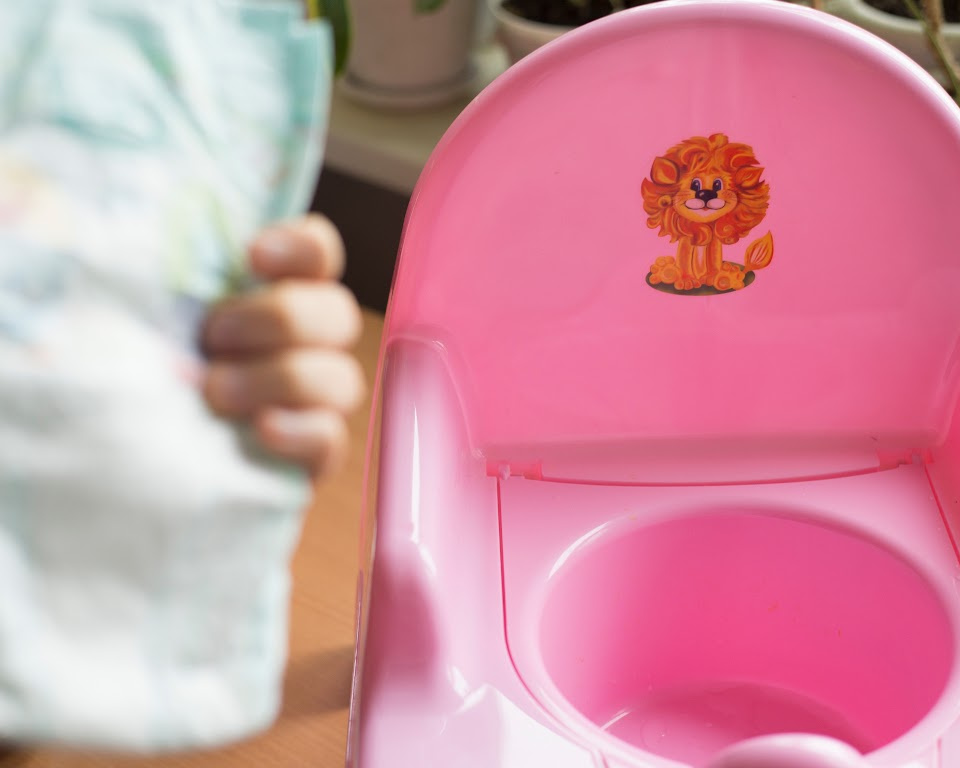Understanding how to communicate with a nonverbal autistic child is a challenge many parents, caregivers,…

Giving Liquid Medicine to an Autistic Child: A How-To Guide
Administering liquid medicine to an autistic child can be a daunting task, as they may have difficulty swallowing pills or tolerating the taste and texture of medications. However, with the right techniques and strategies, parents can make the process easier for both themselves and their child. In this article, we will provide valuable tips and techniques for giving liquid medicine to an autistic child.
When it comes to giving liquid medicine to an autistic child, it’s important to consider their unique needs and sensitivities. Some children with autism may have sensory issues that make it challenging for them to swallow medication or tolerate its taste. By understanding their specific challenges, parents can implement effective techniques to ensure medication compliance.
Throughout this article, we will explore various methods such as shaping, stimulus fading, positive reinforcement, and modeling, which have proven to be successful in establishing medication compliance among children with autism. We will also discuss special steps to take when administering liquid medication and provide tips for handling medication refusal.
Whether you are a parent, caregiver, or healthcare professional, this guide will equip you with the knowledge and tools you need to effectively give liquid medicine to an autistic child. Let’s dive in and discover the best practices for medication administration in this unique population.
Reasons for Medication Refusal in Autistic Children
Medication refusal in autistic children can stem from various reasons. It is not uncommon for children with autism to also have anxiety disorders, such as obsessive-compulsive disorder, which can contribute to their resistance towards taking medication. Additionally, children with autism often have heightened sensitivity to tastes and textures, making it challenging for them to tolerate the taste or smell of medication. For these children, the sensory experience of taking medication can be overwhelming and aversive.
Another common issue faced by autistic children is difficulty swallowing pills. Many children with autism have sensory-motor and coordination difficulties that make it challenging for them to swallow on command. This struggle with pill swallowing can further exacerbate medication refusal.
Furthermore, autistic children may have specific fears or phobias that contribute to their resistance towards medication. These fears may include the fear of needles or injections, which can create significant anxiety and make it difficult for them to comply with necessary treatments.
In summary, autism-related anxiety disorders, sensitivity to tastes and textures, difficulty swallowing pills, and specific fears or phobias can all be factors contributing to medication refusal in autistic children. Recognizing and understanding these reasons is essential in developing effective strategies to overcome medication refusal and ensure the well-being of these children.

Teaching Autistic Children to Take Medicine
Teaching an autistic child to take medicine can be a challenging task, but with the right techniques and strategies, it can become easier and more manageable. Here are some effective methods to help your child take medicine:
Shaping or Gradual Introduction
One technique that has been proven successful is shaping or gradual introduction. This approach involves breaking down the task of taking medicine into small, manageable steps. Start by introducing the concept of taking medicine to your child in a non-threatening way. Then, gradually increase the complexity of the steps until your child is comfortable taking the medication.
Stimulus Fading
Stimulus fading is another effective technique that can be used to teach an autistic child to take medicine. This method involves gradually exposing the child to the medication and the steps involved in taking it. By gradually increasing the child’s exposure to the medication, you can help them become more comfortable and familiar with the process.
Positive Reinforcement
Positive reinforcement is an essential aspect of teaching an autistic child to take medicine. Use rewards or praise to motivate your child and reinforce their successful completion of each step. This positive reinforcement can help your child associate taking medicine with positive experiences and increase their willingness to participate.
Modeling
Modeling proper medicine-taking behavior is an effective way to teach an autistic child how to take medicine. Show your child the correct way to take their medication by demonstrating the steps yourself. This visual demonstration can help the child understand and imitate the action, making it easier for them to learn and follow through.
Special Steps for Liquid Medication
When administering liquid medication, there are some special steps you can take to make it more manageable for your child. Consider using additives that improve the taste or mask any unpleasant flavors. Also, explore alternative forms of medication, such as chewable tablets or dissolvable strips, if your child has difficulty with liquids.
Special Steps for Pills
If your child needs to take pills, there are techniques that can help with their administration. The two-gulp method involves having the child take a small sip or gulp of liquid to moisten their mouth, then placing the pill towards the back of their tongue and having them take a second sip or gulp to help swallow the pill. Another technique is using a straw to help direct the pill to the back of the throat, making it easier for your child to swallow.
By implementing these strategies and techniques tailored to your child’s needs, you can help them become more comfortable and cooperative when taking medicine. Remember to be patient, understanding, and supportive throughout the process, as it may take time for your child to fully adapt. Teaching an autistic child to take medicine is a journey, but with the right approach, you can help them develop the necessary skills for medication compliance.

Handling Medication Refusal: Tips for Parents
Parents of autistic children are faced with the challenge of handling medication refusal. Fortunately, there are strategies that can help overcome this hurdle and ensure that the child receives the necessary medication. Here are some tips to assist parents in managing medication refusal:
1. Sweeteners for Medicines that Taste Bad
If your child struggles with the taste of their medication, using sweeteners can make it more palatable. Consider adding a small amount of chocolate syrup or pancake syrup to the medication to mask the unpleasant flavor. This simple trick can go a long way in improving compliance.
2. Good Technique for Giving Liquid Medicine
When it comes to administering liquid medicine, using a good technique can make a significant difference. Opt for a plastic syringe or dropper to accurately measure the dosage. Aim for the back of the tongue or the cheek to minimize the chance of taste buds detecting the medicine. By utilizing a proper technique, you can enhance compliance and make the process smoother for both you and your child.
3. Techniques for Giving Liquid Medicine to a Non-Cooperative Child
Sometimes, children may be unwilling to cooperate during medication administration. In such cases, it can be helpful to hold the child securely to prevent them from escaping or spitting out the medication. If necessary, seek the assistance of another adult to help administer the medicine effectively. By implementing these techniques, you can ensure that your child receives their medication even when they are non-cooperative.
Throughout the process, it is crucial for parents to maintain a calm and positive attitude. By remaining patient and reassuring your child, you can help alleviate any anxiety they may have. Additionally, providing rewards or positive reinforcement can motivate your child and encourage their cooperation.
Remember, each child is unique, and what works for one may not work for another. It may take some trial and error to find the strategies that are most effective for your child. By being persistent and adaptable, you can navigate the challenges of medication refusal and ensure that your child receives the necessary treatment.
Conclusion
Giving liquid medicine to an autistic child can be a challenging task, but there are effective strategies and tips that can make the process easier and more successful. By understanding the reasons behind medication refusal and tailoring the approach accordingly, parents can create a more positive and supportive medication administration experience for their child.
One key strategy is the use of shaping, stimulus fading, positive reinforcement, and modeling. Breaking down the medication-taking task into small steps and gradually exposing the child to the medication can help establish compliance. Rewards, praise, and modeling proper medicine-taking behavior can also motivate the child to participate.
Additionally, it’s important to consider the child’s sensory sensitivities. For liquid medication, parents can explore using additives to improve taste or alternative forms of medication. Techniques such as aiming for the back of the tongue or cheek with a plastic syringe or dropper can also enhance compliance. When faced with a non-cooperative child, securely holding the child and seeking assistance from another adult may be necessary.
Overall, patience, understanding, and the right techniques are key to successfully giving liquid medicine to an autistic child. By implementing these tips and strategies, parents can promote medication compliance and ensure their child’s health and well-being.
FAQs
How can I give liquid medicine to my autistic child?
Giving liquid medicine to an autistic child can be challenging, but there are techniques that can help. Some tips include using a plastic syringe or dropper, aiming for the back of the tongue or cheek, and using additives to improve the taste.
Why do some autistic children refuse medication?
There can be various reasons for medication refusal in autistic children. These may include anxiety disorders, sensitivity to tastes and textures, difficulty swallowing pills, and specific fears or phobias.
How do I teach my autistic child to take medicine?
Teaching autistic children to take medicine may require specific techniques. Shaping or gradual introduction, stimulus fading, positive reinforcement, modeling, and considering special steps for liquid medication or pills can be helpful strategies.
What can I do if my autistic child refuses medication?
If your autistic child refuses medication, there are strategies you can try. Using sweeteners to mask the taste, using a good technique for giving liquid medicine, and holding the child securely with the help of another adult can be effective approaches.
How can I make giving liquid medicine to my autistic child easier?
Giving liquid medicine to an autistic child can be easier by understanding the reasons behind medication refusal, using the right techniques, considering sensory sensitivities, and maintaining a calm and positive attitude throughout the process.



This Post Has 0 Comments